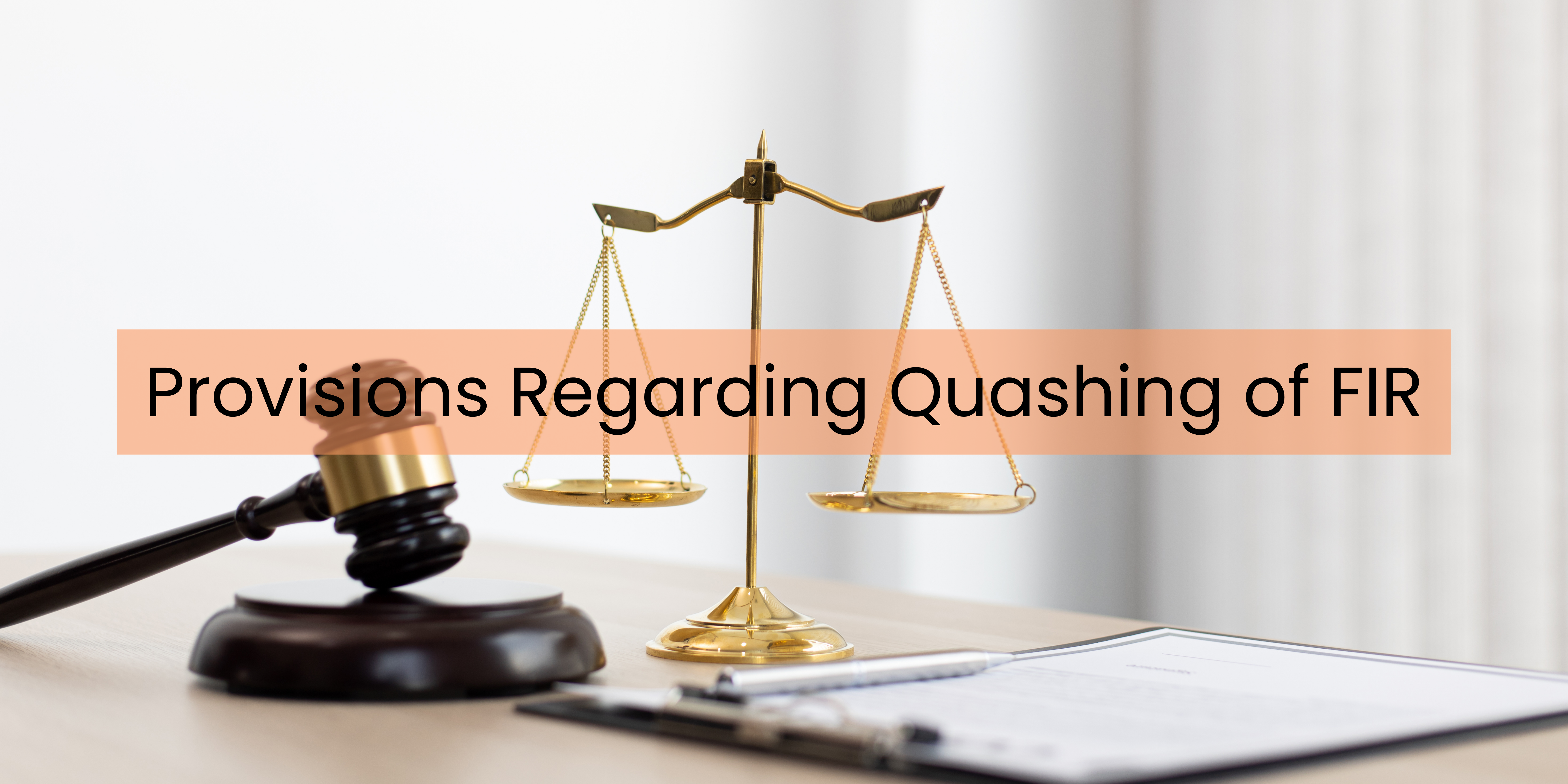Tort law is a fundamental aspect of the legal system that addresses civil wrongs and provides remedies for individuals who have suffered harm due to the wrongful acts of others. In essence, a tort is a legal term that refers to a wrongful act committed by one party, resulting in harm or injury to another. To comprehend the nuances of tort law, let’s delve into its essential elements, classifications, and key principles that govern this area of law.
A. THREE INGREDIENTS OF TORT:
1. A Wrongful Act:
It all starts with the defendant’s actions. Not every bad experience qualifies as a tort. The defendant must have committed an act that violates your legal rights, your right to:
- Personal safety and freedom: This includes physical assaults, false imprisonment, and even threats of violence.
- Your reputation: Defamation, libel, and slander all fall under this category, damaging your public image and potentially impacting your personal life and career.
- Your property: Trespassing, damaging your belongings, or even interfering with your rightful use of your property are all actionable wrongful acts.
2. Legal Remedy:
Not all wrongs have legal teeth. Even if the defendant wronged you, there must be a recognized legal pathway to seek redress. This means your case must fall under the umbrella of civil wrongs for which the law allows a lawsuit seeking damages.
Remember, torts are distinct from criminal offenses. While both may involve wrongful actions, the focus of a tort is on compensating the victim, not on punishing the defendant.
3. Legal Damage to The Plaintiff:
Simply feeling wronged isn’t enough. For a tort claim to stand, you must have suffered actual legal damage. This means your legal rights were invaded, resulting in a quantifiable loss:
- Financial loss: Damage to your property, medical expenses from an injury, or lost income due to defamation are all examples of legal damage.
- Emotional distress: In some cases, severe emotional distress caused by the defendant’s actions may also be considered legal damage.
The Privy Council, in Rogers v. Rajendro Dutt (1860) 8 M. I. R. 103, emphasized that the basis of any tort action lies in an act that is legally wrongful and qualifies as an injury under legal standards.
This indicates that while harm inflicted on a person in a moral sense might be evident, it doesn’t suffice unless it’s also acknowledged legally, providing valid grounds for seeking redress or relief.
B. TWO KINDS OF INJURY
“Damnum” and “Injuria” represent two vital concepts essential to understanding tort law.
“Damnum” refers to damage in a common or everyday sense, comprehensible to the layperson. This includes various forms of harm such as monetary loss, physical injury, impairment of health, or disruption of services.
On the other hand, “Injuria” denotes a legal injury. Importantly, injuria might or might not coincide with damnum, signifying actual loss or damage.
However, it’s crucial to note that not all forms of harm are recognized or addressed by the law. For instance, a breach of ethical standards doesn’t always equate to a violation of legal rights.
To hold someone legally accountable, the plaintiff needs to establish legal injury. Merely encountering damage without corresponding legal injury, known as “damnum sine injuria,” doesn’t provide grounds for legal action. There exist numerous actions that, despite causing harm, aren’t deemed wrongful by the law. In such instances, the affected individual doesn’t possess a legal right to seek recourse or compensation. It’s important to differentiate between exercising one’s lawful rights and engaging in wrongful conduct that leads to harm or loss for another party. Simply exercising legal rights, even if it results in someone else’s detriment, doesn’t render the individual a wrongdoer in the eyes of the law.
1. DAMNUM SINE INJURIA
“Damnum sine injuria” a Latin term in tort law, refers to situations where there’s actual and substantial loss but no infringement of any legal right, hence not giving rise to legal action or a filed suit. It illustrates instances where harm exists but is not recognized as wrongful under legal standards.
Consider this scenario: Suppose X owns a flour mill, and a neighbor establishes another mill nearby, causing a significant decline in X’s mill profits. Though X suffers considerable financial loss (damnum), legally, X cannot bring an action against the neighbor since no legal right is violated (injuria). However, if the neighboring mill owner impedes water flow to X’s mill or causes any similar nuisance (injuria), X gains a legal remedy against the individual.
PRINCIPLE OF THE MAXIM
The principle behind “damnum sine injuria” underscores that the exercise of one’s common rights, within reasonable limits, does not automatically lead to a tort action, even if it results in some loss or inconvenience to others. In essence, it’s recognized that societal functions unavoidably entail actions that might occasionally conflict with others’ interests.
Various cases illustrate the application of the “damnum sine injuria” principle:
- Gloucester Grammar School Case (1410 Y. B. 11 Hen. 4): A schoolmaster established a competing school next to the plaintiff’s, resulting in students shifting to the new school. The plaintiff sued for the loss suffered. The court ruled in favor of the defendant, as legitimate competition, even if causing damage, didn’t amount to a legal wrong. However, if the defendant had unlawfully interfered with the plaintiff’s school, say, by coercing students to leave, the plaintiff would have had legal grounds for action.
- Ushaben Trivedi & Another v. Bhagyalaxmi Chitra Mandir & Others, A.I.R. 1978 Guj. 13: In this case, a suit was filed against the creators and distributors of a Hindi film, alleging that certain scenes hurt religious sentiments. The court concluded that hurting religious feelings didn’t constitute a civil actionable wrong recognized by law, and hence, the plaintiffs’ legal rights weren’t violated.
- V. D. Sharma v. Board of High School & Intermediate Education & Others, A.I.R. 1981 All. 46: A college principal’s misinterpretation of educational regulations led to a student’s unwarranted detention, resulting in the loss of a year. Despite the principal’s error, the court held that not every breach of a legal provision amounts to a tort action. Thus, the student’s suit seeking compensation for the lost year was deemed unsustainable.
These cases illustrate how the concept of “damnum sine injuria” guides courts in determining actionable wrongs, emphasizing that not every harm or loss, though impactful, translates into a legal right to seek redress or compensation.
2. INJURIA SINE DAMNUM
“Injuria sine Damnum” signifies injury without damage, a principle contrasting the previous maxim. This concept revolves around the notion that when there’s a breach of a legal right, the individual holding that right has the entitlement to pursue legal action and claim damages, even if no actual loss or harm occurred.
In cases where a tort is actionable despite not causing actual damage, it falls under “injuria sine damnum,” indicating an infringement of a legal right without demonstrable harm. Proof of perceptible damage isn’t mandatory; demonstrating the violation of a legal right suffices, prompting the law to presume damage. Instances such as assault, battery, false imprisonment, trespass on land, or libel (written defamation) exemplify scenarios where the wrongful act alone is actionable without the need for actual damage proof.
For instance, in the pivotal case of ASHBY v. WHITE, where a returning officer maliciously refused to register a qualified voter’s ballot, even though the elected candidate wasn’t affected, the court ruled in favor of the plaintiff. Despite no actual loss, the violation of the plaintiff’s statutory right warranted legal remedy.
However, if the officer’s refusal to accept a vote is genuine and devoid of malice or improper motives, as seen in Tozer v. Child, 1857, it may not constitute grounds for a tort suit.
Indian courts, as in THE MUNICIPAL BOARD OF AGRA v. ASHARFILAL, 1921, have echoed the principles set in ASHBY v. WHITE. They’ve upheld that wrongful omissions from electoral rolls are considered legal wrongs justifying legal action.
In these cases, establishing express malice isn’t always necessary. If it’s demonstrated that the refusal to register a vote lacks good faith, the returning officer might be held liable in tort, as decided in Draviam Pillai v. Cruz Fernandes, AIR 1916 Mad. 569.
These maxims underscore a crucial aspect: while some moral wrongs might cause significant loss without legal remedy, certain legal wrongs, even without tangible loss, warrant legal recourse due to the violation of a legal right.
C. TWO KINDS OF TORTS
There are two main types of Torts:
(a) Tort Actionable Per Se
Some wrongs are considered bad no matter the outcome. For example, if someone goes into another person’s land without permission, it’s a problem, even if no damage is done. The same goes for some types of hurtful talk or writing about someone, like spreading lies about them. Even if no harm is visible, these actions are seen as wrong in the eyes of the law.
(b) Torts Actionable Only with Actual Damage Proof
Other wrongs need to show they’ve caused some harm before they’re taken seriously. For instance, if someone says something mean about another person, the law might not do anything unless it’s proven that the words caused some real problems, like making the person lose their job or friends.
D. UBI JUS IBI REMEDIUM
Linked closely to the concepts of damnum (actual damages) and injuria (legal harm) is the maxim ubi jus ibi remedium, signifying that “where there’s a legal right, there’s a legal remedy,” or alternatively, “there is no wrong without a remedy.” ‘Jus’ denotes the legal right to demand or act, while ‘remedium’ denotes the right to action in a court of law. This principle asserts that if someone holds a right, they must have the means to assert or defend it and a remedy in case of injury while exercising that right. However, it’s essential to note that both the infringed right and the sought remedy should be legal.
While this maxim has shaped the evolution of tort law, it doesn’t imply a legal remedy for every wrong. Many moral and political wrongs aren’t recognized by law and, therefore, aren’t actionable. For instance, acts such as oppressive legislation or a cruel war may cause irreparable harm but might lack a legal remedy. In essence, the maxim doesn’t indicate a legal remedy for every conceivable wrong. Justice Stephen suggested that the maxim would be more aptly stated as “Where there’s no legal remedy, there’s no legal wrong.
E. EX TURPI CAUSA NON ORITUR ACTIO
If someone’s hurt is because of something bad they did, the law might not help them. For instance, if someone gets sick because their secret lover gave them a disease and hid it, they can’t sue that person. But, if both people did something wrong, it doesn’t mean the law won’t help. For example, if someone stole alcohol from someone who shouldn’t have been selling it, the seller can’t sue for the stolen bottle.
The idea is that while the law wants to make things fair, it doesn’t always have a solution for every problem, especially if the problem came from bad actions or if it’s too big to fix.
F. WHAT’S MALICE?
The word “malice” means different things in law:
Regular malice is when someone has bad feelings toward someone else, like hate or spite. It’s called “express malice” or “actual malice.”
Legal malice is when someone intentionally does something wrong without a good reason.
For example, if I hit a stranger really hard, intending to hurt them, it’s malice because I did it on purpose. Even if I hurt an animal without knowing who it belongs to, it’s still wrong because it’s intentional.
G. DOES MOTIVE MATTER?
Normally, why someone does something doesn’t matter in law. If an action is legal, it stays legal even if the reason behind it is bad. For instance, if someone digs up their land just to annoy their neighbor, as long as it’s legal, the law won’t stop them.
However, there are some situations where why someone did something wrong matters.
For instance:
- When someone falsely accuses another person.
- Spreading lies about someone.
- When people team up to do something wrong.
- Annoying or troubling someone on purpose.
H. INTENTION TO DO WRONG
If someone’s actions cause harm, saying they didn’t mean it isn’t a defense. If the action directly leads to harm, the person is considered to have intended it, even if they say otherwise.
For example, if someone throws a stone at someone, it’s seen as intentional harm. Even if they did it because they were upset, they’re still responsible for the harm caused.
There’s a case where someone joked about a person’s husband having a terrible accident. The person got so scared they fell sick, and their hair even turned white. Even though the joker said it was just a joke, the court said they should’ve known this might happen and had to pay for the harm caused.
I. Malfeasance, Misfeasance, Non-Feasance
- Malfeasance: Doing something illegal, like trespassing.
- Misfeasance: Doing something lawful but doing it the wrong way. For example, leaving dangerous stuff on a road after construction.
- Non-feasance: Failing to do something you should, which causes harm. If you promised to help but didn’t and it caused problems, it’s a problem. For instance, if a group was supposed to fix roads but didn’t, they’d be responsible for not doing their job and causing problems.
These terms help understand what kind of wrong someone has done and how they should be held accountable.
Conclusion
Tort law embodies a complex yet vital aspect of the legal framework, aiming to provide remedies for individuals harmed by the wrongful acts of others. The pointers from A to I mentioned above are all the constituent elements of a Tort. Understanding the elements, classifications, and underlying principles is crucial in navigating legal disputes arising from civil wrongs. While it aims to offer recourse for infringed rights, nuances exist that necessitate careful consideration in determining liability and seeking redress.


